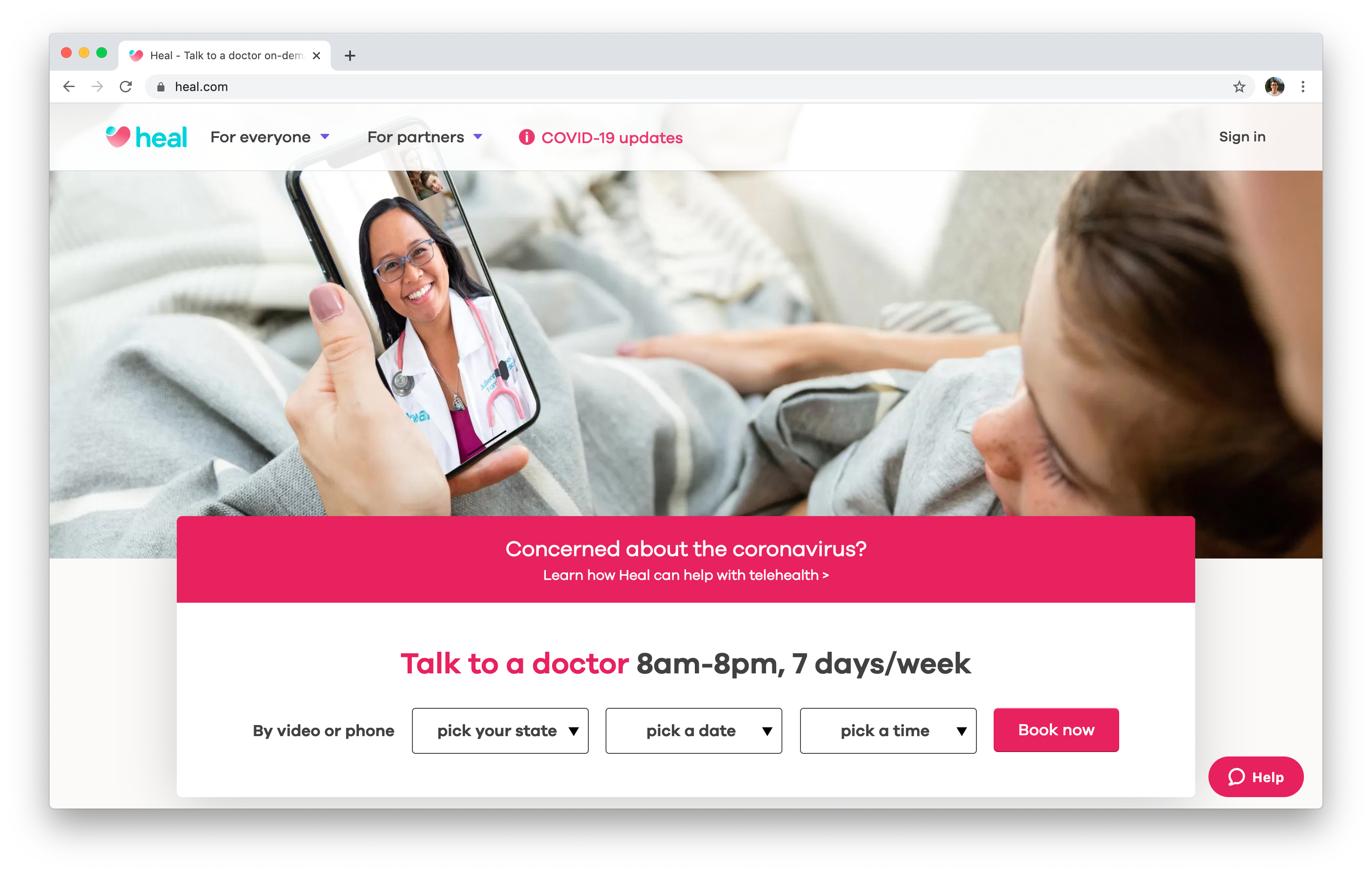A Comprehensive Guide to Subscription Based Healthcare: What You Required to Know
A Comprehensive Guide to Subscription Based Healthcare: What You Required to Know
Blog Article
The Increase of Subscription-Based Medical Care and Its Influence On Person Treatment
As healthcare advances, the subscription-based version is gaining grip, promising to change patient care by offering predictability and access. These models, which bypass typical insurance, can redefine the patient-doctor dynamic, highlighting individualized and preventative care. As with any type of technology, they offer challenges, particularly worrying equitable access for all socioeconomic teams. The potential for these models to reshape medical care distribution elevates pushing questions regarding their long-lasting sustainability and inclusivity. Are these subscription solutions the future of medical care, or do they take the chance of leaving at risk populations behind? The complexities of this shift warrant a closer examination.
Understanding Registration Medical Care Versions
Grasping the principle of membership health care versions entails examining a transformative technique to medical solutions that emphasizes cost and availability. These versions, frequently referred to as direct main treatment (DPC) or attendant medication, have become cutting-edge options to typical fee-for-service health care systems. Subscription medical care allows individuals to pay a set regular monthly or annual cost for a defined set of medical services, which might consist of limitless workplace sees, routine exams, and standard laboratory tests, without the demand for conventional insurance policy billing.
The framework of membership healthcare versions is made to simplify individual treatment by getting rid of third-party payers and complicated payment codes, thereby decreasing administrative problems. Doctor can concentrate much more on individual treatment, cultivating more powerful patient-provider relationships. This design additionally advertises preventative care by urging regular sees, as the monetary challenge of per-visit costs is eliminated.
The registration version frequently encourages doctor to manage smaller individual panels, enabling more personalized care. It straightens financial rewards with client health and wellness results, as carriers are encouraged to keep person contentment and health. In general, comprehending membership medical care models requires identifying their potential to improve just how care is provided and accessed.
Benefits for Clients and Carriers

For providers, subscription-based models offer the chance to strengthen patient-provider partnerships. With a steady profits stream, health care experts can commit even more time per individual, bring about a much more personalized and extensive care experience. This design additionally minimizes dependence on high client volumes, reducing burnout and boosting work complete satisfaction. Furthermore, the emphasis on preventive treatment within registration strategies can lead to much better individual outcomes and minimized lasting health care expenses. By concentrating on continual treatment, carriers can resolve concerns prior to they escalate, inevitably profiting the medical care system overall by minimizing the concern on emergency and intense care services.
Difficulties and Concerns
While subscription-based health care models existing countless advantages, they additionally come with a set of obstacles and problems that should be resolved. This elevates honest questions regarding equitable access to medical care solutions.
Financial sustainability of subscription-based designs is another worry. Service providers have to balance the set revenue from memberships with the variable expenses of healthcare solutions, which might fluctuate as a result of unpredicted clinical needs. This can produce stress to restrict services or increase costs, potentially impacting client contentment and care top quality.
In addition, regulative oversight of subscription-based health care models is still developing. The lack of standard structures can lead to inconsistent service top quality and responsibility, making complex efforts to ensure client protection. Lastly, the assimilation of modern technology-- typically a foundation of these versions-- questions about information privacy and security, as sensitive individual info could be vulnerable to violations. Addressing these difficulties is vital for the effective and fair application of subscription-based medical care.
Influence On Patient-Doctor Relationships
One significant influence of subscription-based health care models on patient-doctor partnerships is the possibility for boosted connection and customized care. By embracing a subscription model, medical professionals can handle a smaller sized person panel, permitting for even more committed time with each person. This increased availability fosters a much deeper understanding of a patient's case history, way of living, and choices, enabling much more customized treatment plans and interventions.

Nevertheless, it is necessary to recognize that while subscription-based models may benefit those who can manage them, they might inadvertently widen medical care variations. Individuals that are incapable to take part in these models could experience decreased accessibility to personalized care, possibly influencing their connections with medical care companies. Therefore, while the membership version uses appealing advantages for patient-doctor relationships, it additionally postures obstacles that need to be addressed to guarantee equitable medical care access.
Future of Health Care Gain Access To

The duty of modern technology can not be forgotten in this makeover. Telemedicine systems and digital health records assist in seamless communication between patients and doctor, breaking down logistical and geographical barriers. Furthermore, developments in expert system and information analytics can additionally individualize treatment by anticipating individual needs and optimizing therapy plans.
Nevertheless, the future of healthcare access also offers challenges, such as ensuring equity throughout different socio-economic groups. Policymakers and doctor must collaborate to connect the digital divide, guaranteeing that subscription-based models remain budget-friendly and comprehensive. As these systems develop, they hold the pledge of making health care a lot more obtainable, effective, and patient-centric.
Verdict
Subscription-based medical care versions are improving patient treatment by providing a stable cost structure and improving ease of access. The rise of subscription-based medical care encourages proactive client interaction, which has the possible to boost client results and fulfillment, signaling a transformative change in healthcare delivery.
As health care evolves, the subscription-based model is getting grip, promising to transform individual treatment by offering predictability and ease of access.Subscription-based health care models supply distinctive benefits for both individuals and providers, boosting More Help the general healthcare experience.As healthcare systems evolve, the future of healthcare accessibility regularly hinges on the assimilation of ingenious models and modern technologies.Subscription-based healthcare versions are improving patient care by offering a stable price structure and enhancing access. The rise of subscription-based medical care urges proactive patient interaction, which has the potential to boost client outcomes and fulfillment, indicating a transformative shift in medical care delivery.
Report this page